Wet tropics are considered the birthplace of dracaena. Therefore, home care will require certain conditions. Outside, the plant is considered a huge shrub, some species of trunks can reach up to 20 meters in height. For home breeding, several species that are undemanding to special conditions are used.
Before buying dracaena, you need to study the requirements for its contents. At the slightest disturbance, the leaves begin to dry, the crown deformation appears. Parasites can settle in the plant. A beautiful decorative flower will turn into an instance that is unlikely to please the eye. Therefore, careful care for dracaena at home is necessary.
Content
Types of dracaena - photos and names
Dracaenas are often called false palm trees, because after a certain pruning at home they are very similar to them. The plant has a long and active cycle - they grow their whole life. In indoor conditions, flowering is almost impossible to achieve, with the exception of some species.
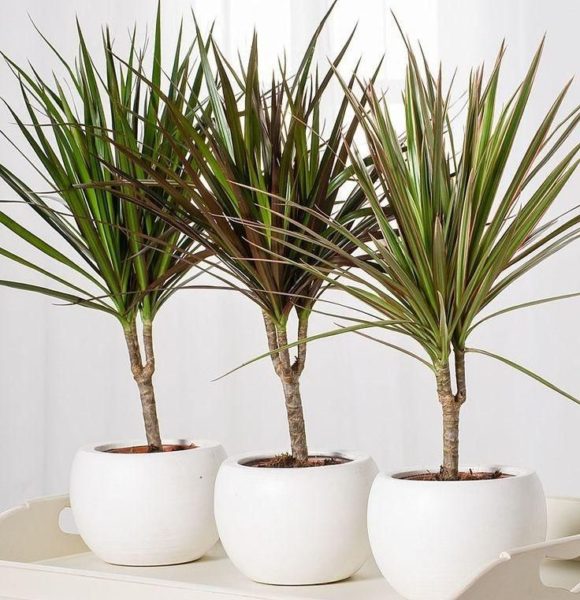
Dracaena Bordered
It resembles the shape of a tree and has long narrow leaves that are arranged so that they resemble tousled hair. Bordered dracaena leaves depart from the center when they fall, the place looks like an unusual and beautiful ornament.
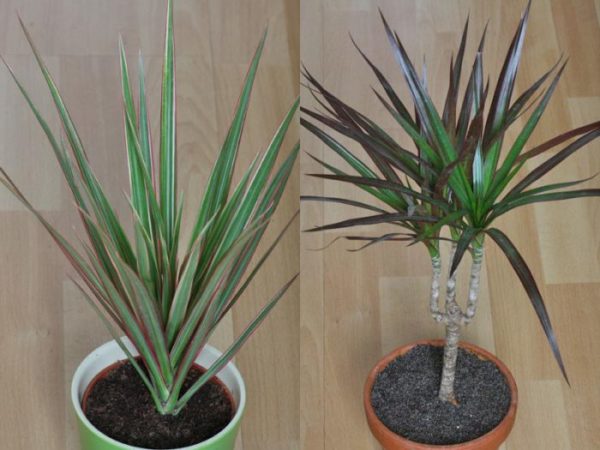
Dracaena Derema
Due to its color and shape, Dracaena Derevenskaya differs from other species. Their leaves are wider and have stripes of white color. Thanks to this, the plant looks more attractive.
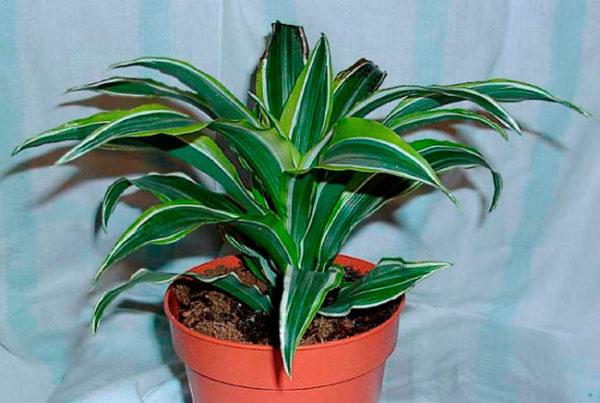
Dracaena Sander
With its appearance, Dracaena Sander is similar to bamboo. The leaves are long, green and with yellow stripes. In order to give a decorative look, the leaves are twisted into a spiral shape, and the stems are woven into a basket or other shapes. In a simple form, the stems are straight.
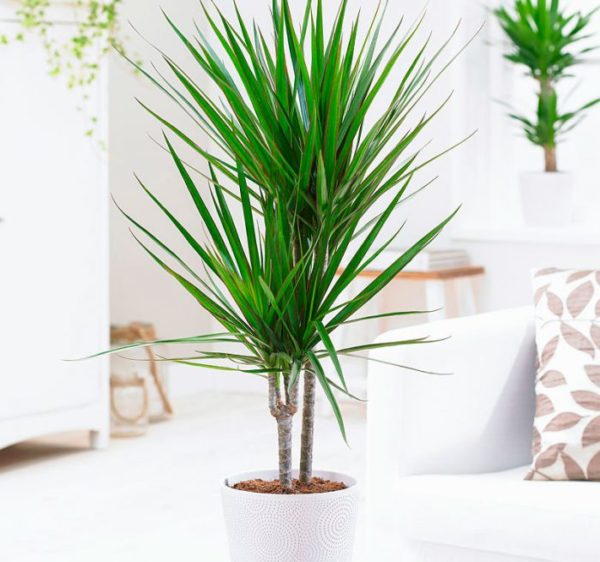
Dracaena Fragrant
This type of plant is famous for its thick and unstable trunk, which requires support. Its foliage is large, green, emanating from the trunk itself. It has a strong and pleasant aroma that is noticeable even without a peduncle. Flowers can be seen very rarely, it grows no more than a meter.
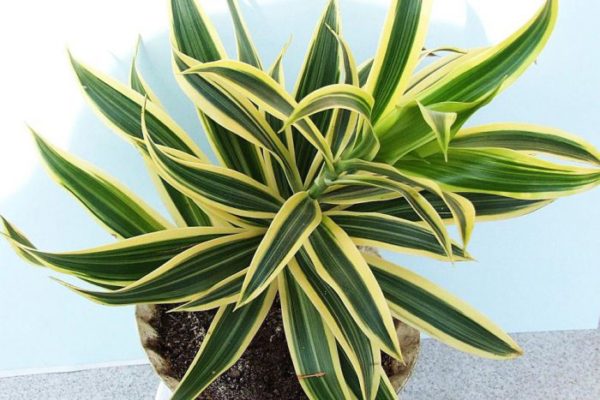
Dragon tree
In nature, it can grow up to 20 meters, but at home it does not grow more than a few meters. The trunk resembles a tree. The leaves have a xiphoid shape, a green tint and a fringing of red.
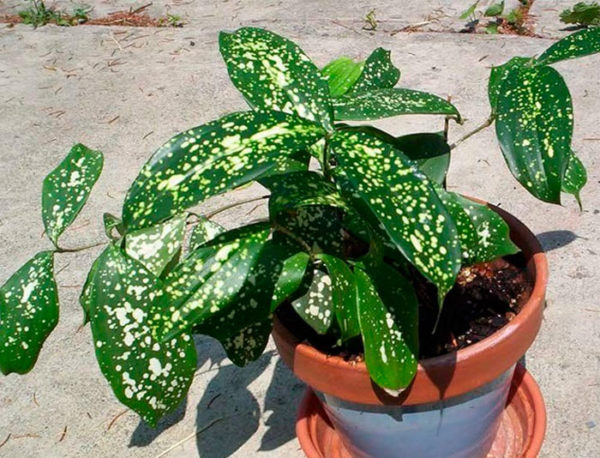
The plant looks very beautiful and rich. But when breeding it, often inexperienced gardeners have problems, especially with the method of cuttings.
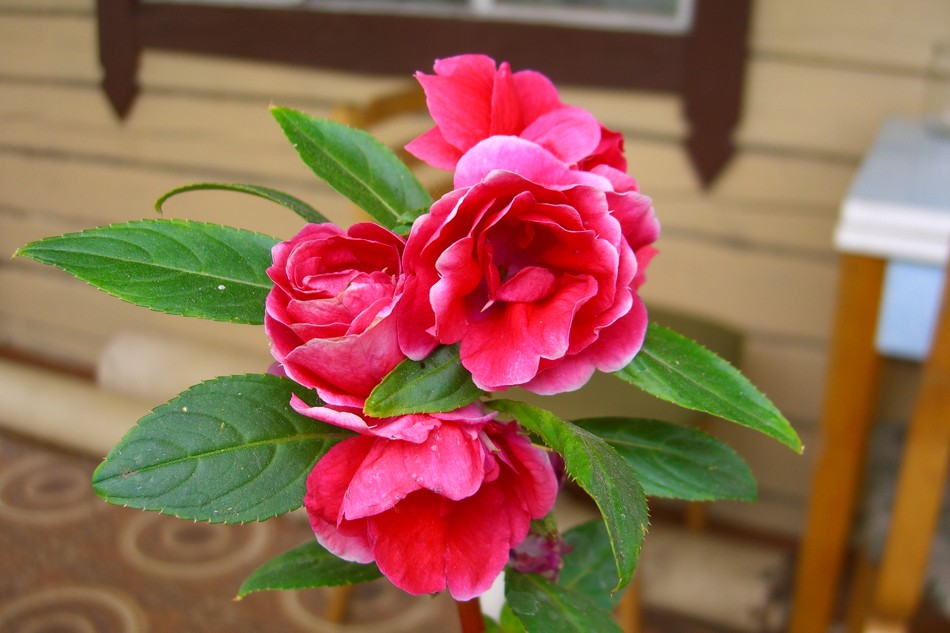 You may be interested in:
You may be interested in:Dracaena Marginata
Marginata is one of the most beautiful dracenas. When cropped correctly, it looks very impressive. She decorated many office rooms, hotels and homes. She easily takes root and is easily bred.
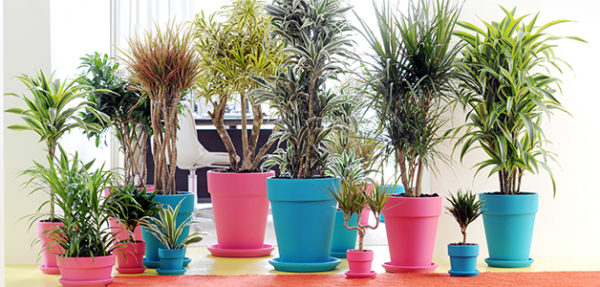
Caring for a room dracaena
Dracaena is an unpretentious decorative foliage plant. In order for the leaves to be saturated with color, it is recommended to properly care for it. One of the main requirements is high humidity. Therefore, do not put a cache-pot with a plant next to succulents and other flowers that do not tolerate a humid climate.
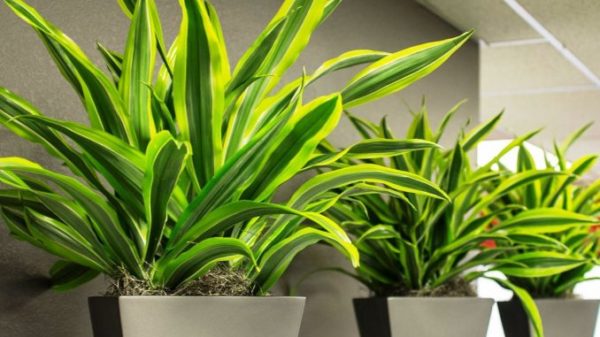
Pot selection
In order to plant a plant with a height of about 70 centimeters, a container with a diameter of 20 centimeters and a height of 25 cm is required. It is recommended that the container be stable, since a tall plant can easily overturn it. There should be drainage material at the bottom, such as expanded clay. The pot, as the root system grows, will need to be changed.
Soil for growing dracaena
The plant prefers neutral soil. To do this, it is recommended to mix 3 parts of the earth, several parts of peat and one part of sand.
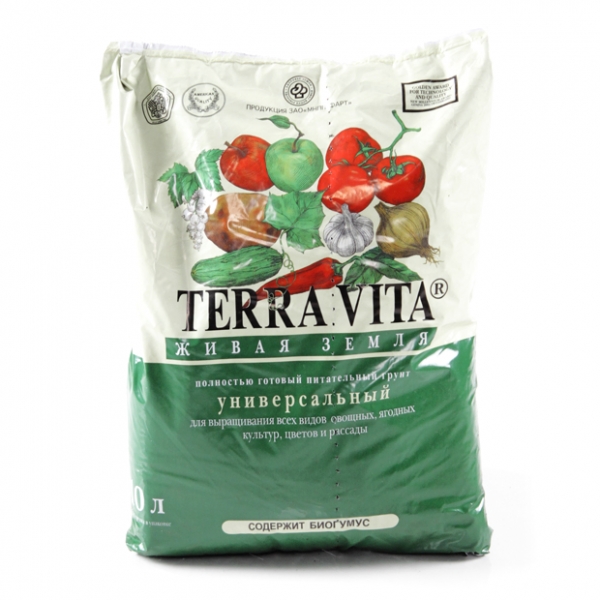
Complex storey earthen mixes for dracaena are well suited. You can also use ready-made soil for indoor plants. When landing, you will also need to take care of the drainage, expanded clay is best suited.
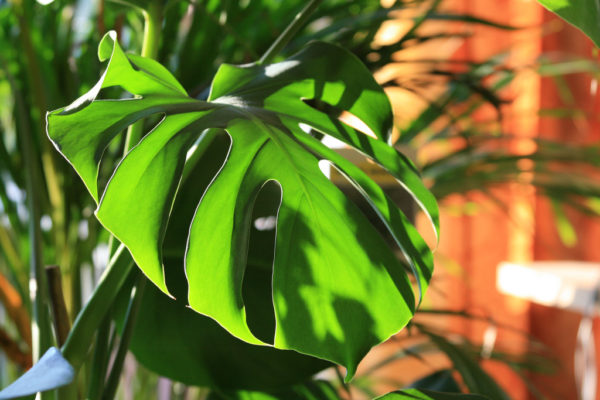 You may be interested in:
You may be interested in:Room temperature
The birthplace of dracaena is a warm mainland, so the room should be warm. The room temperature should be at least 19 and no more than 30 degrees. At low temperatures, the plant stops growing. The plant does not tolerate dry air, so it is advisable to moisten it.
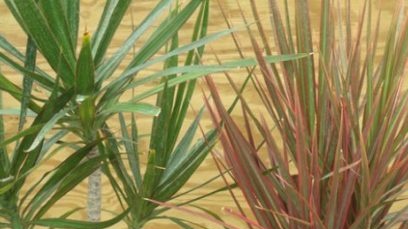
In the winter months, that is, during the rest period, the temperature will be ideal at 16-18 degrees. If the air temperature in the room drops below, the plant stops growing, watering at this time should be completely stopped.
Illumination
Dracaena loves lighted rooms, but does not tolerate direct sunlight. On hot days, the pot should be slightly shaded so as not to get a burn. Therefore, if your flower is on the windowsill on the south side, you should make sure that direct rays do not fall on it. The western and eastern windows are considered ideal.
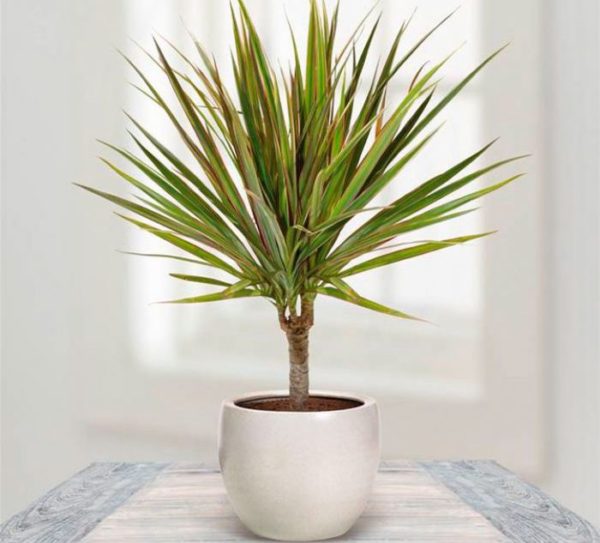
If you place a flowerpot with dracaena on the north side, then additional lighting will need to be done. Plants that have variegated leaves coexist on the east and west sides. With insufficient lighting, the top bends, the leaves fade and lose their decorative effect.
How to water dracaena
In hot weather, dracaena is watered every few days. It is not recommended to leave the soil until completely dry. The earth must be moist. It is advisable to spray the leaves with soft water. When watering, make sure that no liquid stagnates in the pan. With daily spraying, the leaf blade is covered with limescale. Therefore, they should be wiped with a damp cloth from dust.
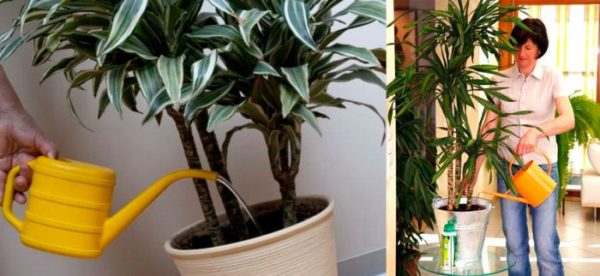
Plant nutrition
The plant is fed several times a month in the summer season. It is advisable to alternate organics with minerals. The plant does not tolerate chlorine and fluorine, so before choosing a top dressing, you should pay attention to this.
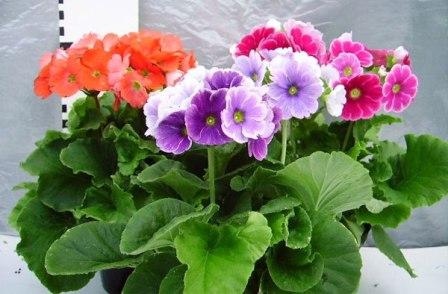 You may be interested in:
You may be interested in:Most suitable store complex fertilizers for palm trees and dracaena. When preparing top dressing, it is necessary to strictly observe the proportions indicated in the instructions. Dracaena are good for fertilizers, but if they are overfed, they can die.
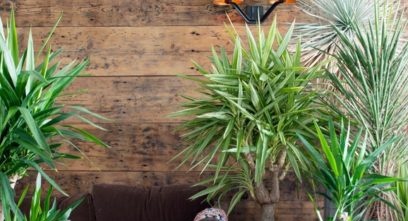
How to care in winter?
If dracaena grows in the winter in a warm room, then care is similar to the summer period. But it is advisable to ensure a temperature not exceeding 18 degrees in winter. In this case, watering is reduced to once a week. In winter and autumn, feeding is not done.
How to transplant Dracaena at home
Transplanting is an important component for the plant. Transplanted more often in a larger container. At the bottom of the flower pot lay any drainage material. Extract the flower carefully so as not to damage the roots.
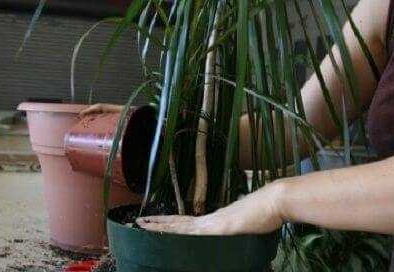
To transplant dracaena, you should:
- In a new container, a little sand and soil are poured into the drainage;
- The plant is placed in the middle and poured soil;
- Watered with water at room temperature;
- Add earth mixture, while leaving a few centimeters from the top;
- The earth is compacted and sprinkled with peat.
Until the plants reach the age of three, it is transplanted annually. It should also be replaced annually by the upper layers of the earth for fresh. Due to proper care and timely transplantation, dracaena gains strength.
How to crop a dracaena for branching?
In order for the plant to please the grower with an attractive crown, it is necessary to prune it correctly and in time. Also, such a procedure is carried out for prevention, removing old shoots. It is carried out after the stems reach at least 40 centimeters. At this point, they cut off in a certain place to maintain a compact and unusual appearance.
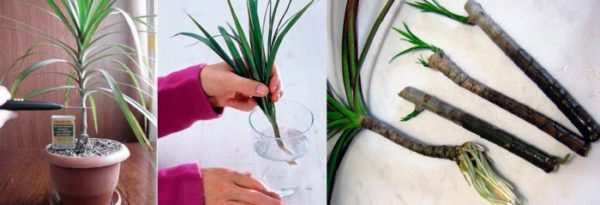
For the emergence of new shoots, pruning is carried out during the period of active growth of the plant. During this period, dracaena actively moves vegetable juice and therefore it will be less sick.
The standard pruning technique helps the plant branch better. The first time the procedure is carried out after reaching a height of at least 30 centimeters. The tip is trimmed with a knife or secateurs, and the cut is treated with charcoal or paraffin. The plant is placed in a shaded room with a temperature of at least 24 degrees.
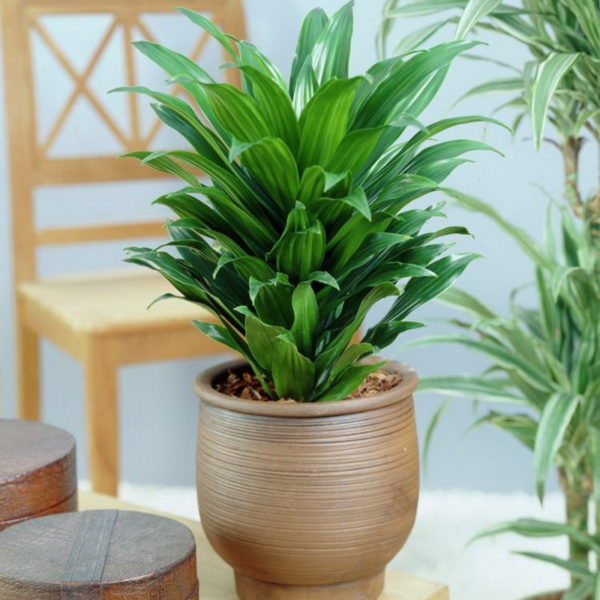
After a few months, you will notice side shoots. If deformed shoots become noticeable, they are also removed. Places of cuts are treated with charcoal and special preparations that promote branching.
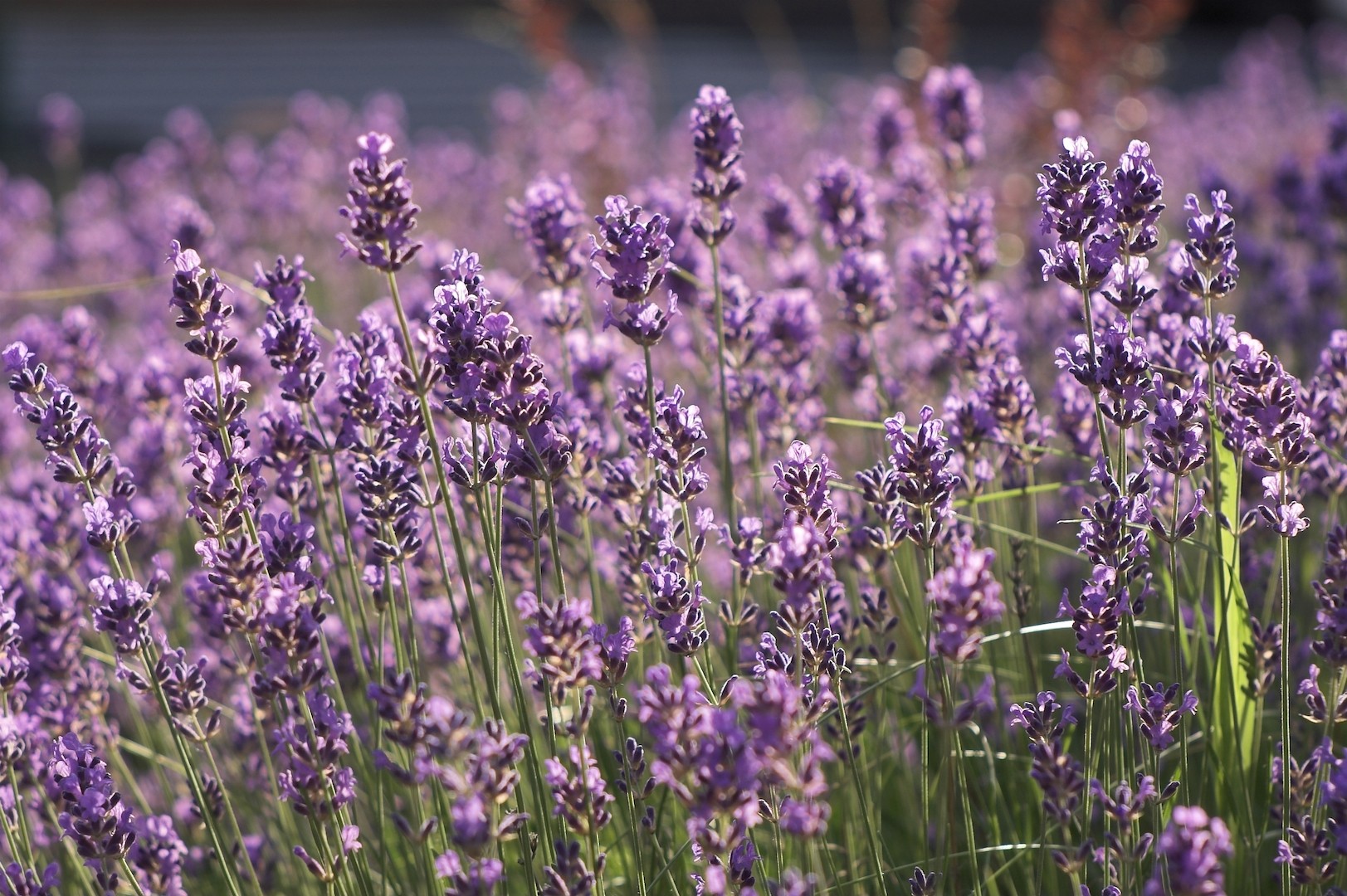 You may be interested in:
You may be interested in:Propagation of dracaena at home
After the plant reaches large sizes, it is desirable to engage in reproduction. At home, the dracaena Deremskaya, Bordered and Sandera are most often propagated. Reproduction is carried out at the end of the spring season, while growth is in full swing.
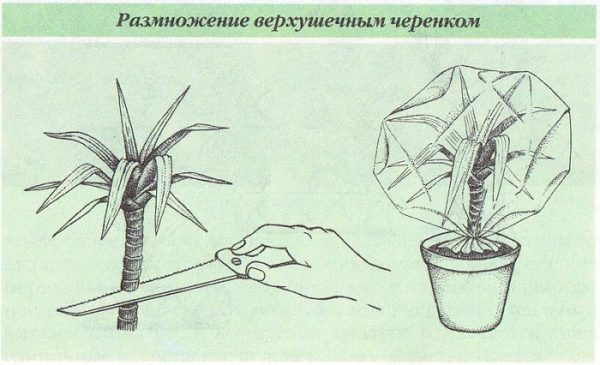
Carry out the procedure in several ways:
- stem cuttings;
- tops cuttings
- breeding tops.
Propagation of dracaena by cuttings at home is the easiest way.
Cut the shank with a height of not more than 9-10 centimeters, and place it in a container of water. Charcoal should be put in advance at the bottom. The slice is treated with ash.This dish is covered with a film and placed in a room with a temperature of at least 20 degrees.
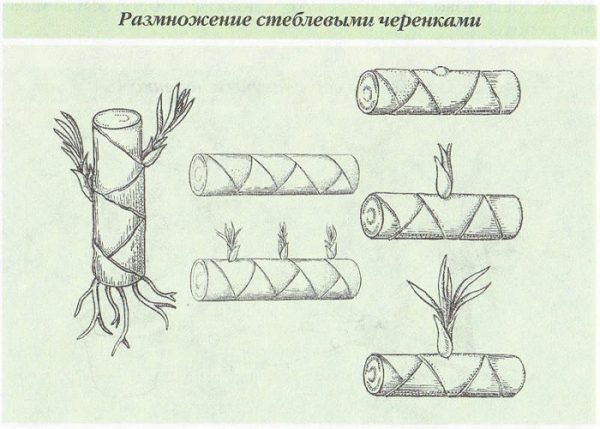
In order for the future plant to be aired, the film is opened daily. It is also advisable to change the water and add activated or charcoal.
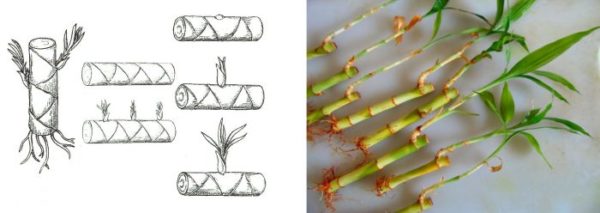
Dracaena diseases with photos and their treatment
A plant becomes ill for several reasons:
- infectious;
- physiological.
Physiological diseases occur with inadequate care, as a result, reversible or irreversible consequences appear. But infectious - means that there are pests.
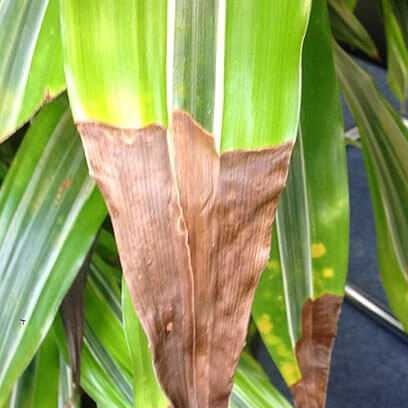
With improper care of dracaena:
- The tips dry and the leaves fall as in the photo. This means that dracaena care at home was not organized properly. If drying starts from the bottom, then this is due to physiological aging. The end parts will dry, and then the entire leaf. In order to make the plant seem healthier, it is recommended to cut off the dried part, it is not necessary to touch the entire plate.
- Leaves turn yellow. The appearance of a yellow tint and drying of the leaves indicates a disease of dracaena. Most often occurs with excessive or vice versa insufficient watering. To do this, it recommends regulating the flow of fluid into the soil.
- Brown spots. Occurs with frequent drafts or low humidity in the room. Also, such spots indicate a burn. For this, the plant should be shadowed. Also do not forget about spraying.
- Drying and black spots. This problem indicates poor soil. Most likely, salts accumulated in it, and top dressing contains a large amount of fluorine. For this, the plant is transplanted and top dressing is changed.
- Leaves begin to rot. Leaves can rot due to insufficient heat and light. If the disease is infectious, the leaf is covered with a watery brown coating, which is separated by a green stripe. It is advisable to change the position of the pot, adjust the normal watering, change the earthen mixture and make a suitable room temperature. This is especially characteristic of Marginat dracaena when leaving at home.
- If dracaena was in a room with a temperature below 10 degrees, then the leaves gradually begin to disappear and fall off. Also, the root system begins to rot.
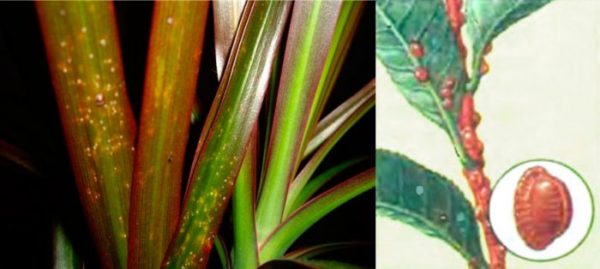
Infectious diseases of dracaena:
- alternariosis;
- heterosporosis;
- phylostictosis;
- bacteriosis.
These diseases, in addition to bacteriosis, are treated with special drugs - fungicides. Dracaena bacteriosis cannot be cured. The affected plant is immediately destroyed.
Pests often spoil the appearance of the plant and destroy it. Most often observed:
- mealybug;
- false scale;
- mite.
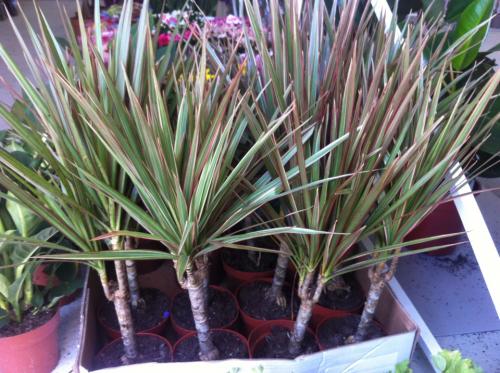
Any home plant requires proper care. For dracaena to decorate the house beautiful, knowledge about care and maintenance is required.

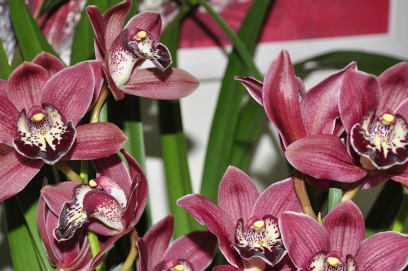
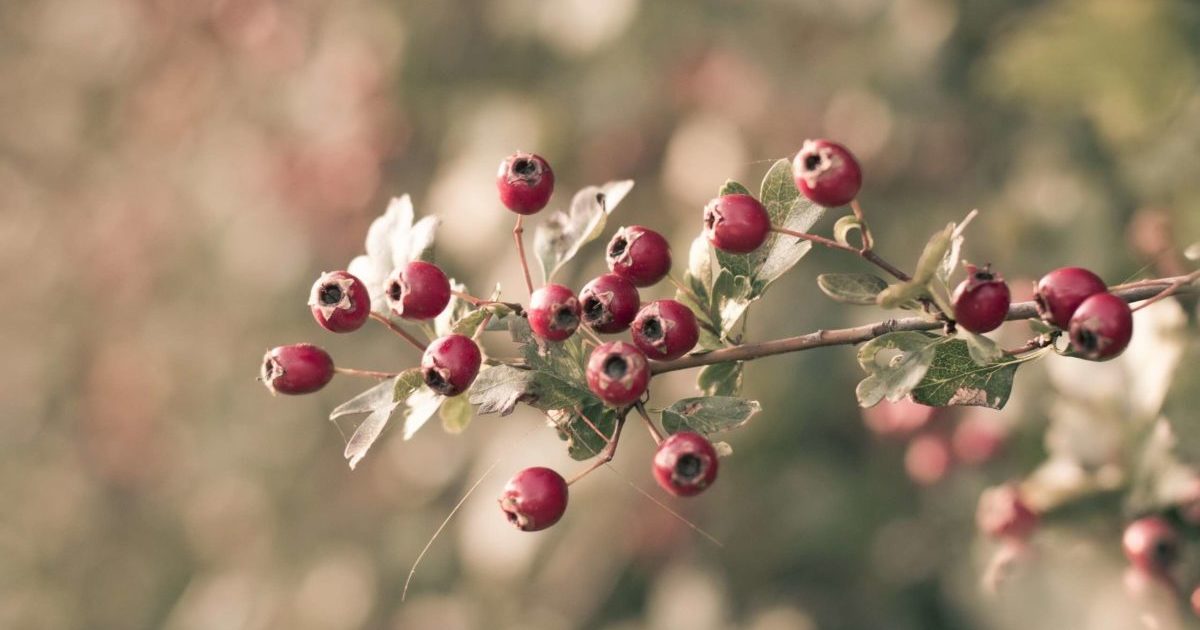

 Mexico salad - no need to cook
Mexico salad - no need to cook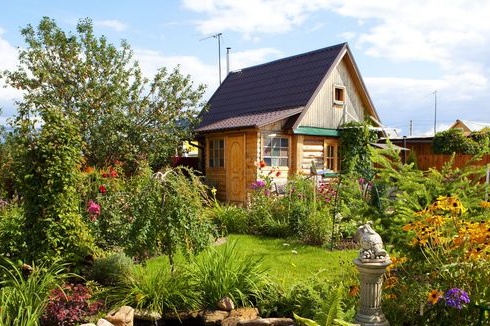 Garden tax for summer residents from 2019 in Russia
Garden tax for summer residents from 2019 in Russia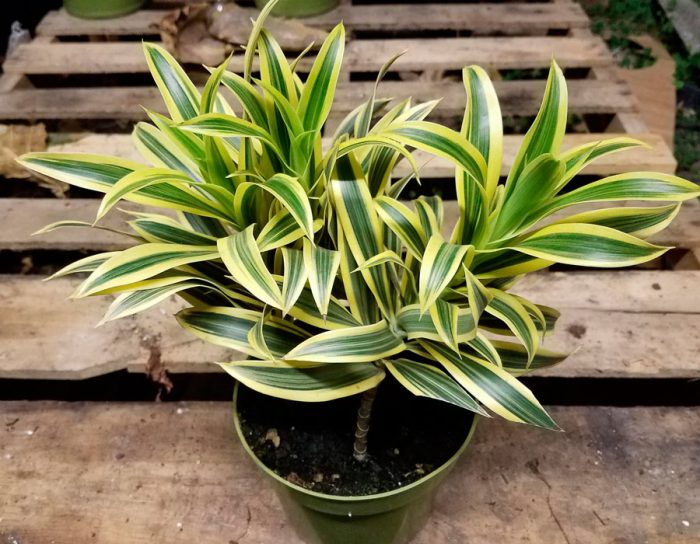 Dracaena: home care, transplantation and reproduction, photo
Dracaena: home care, transplantation and reproduction, photo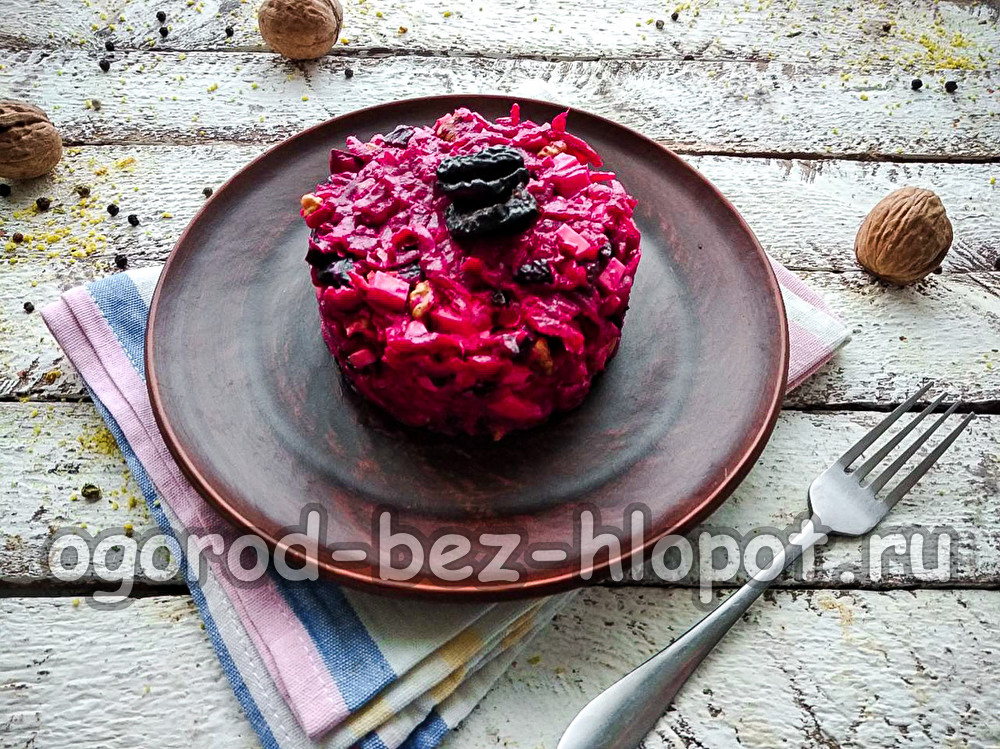 Beetroot salad with prunes, walnuts and hard cheese
Beetroot salad with prunes, walnuts and hard cheese